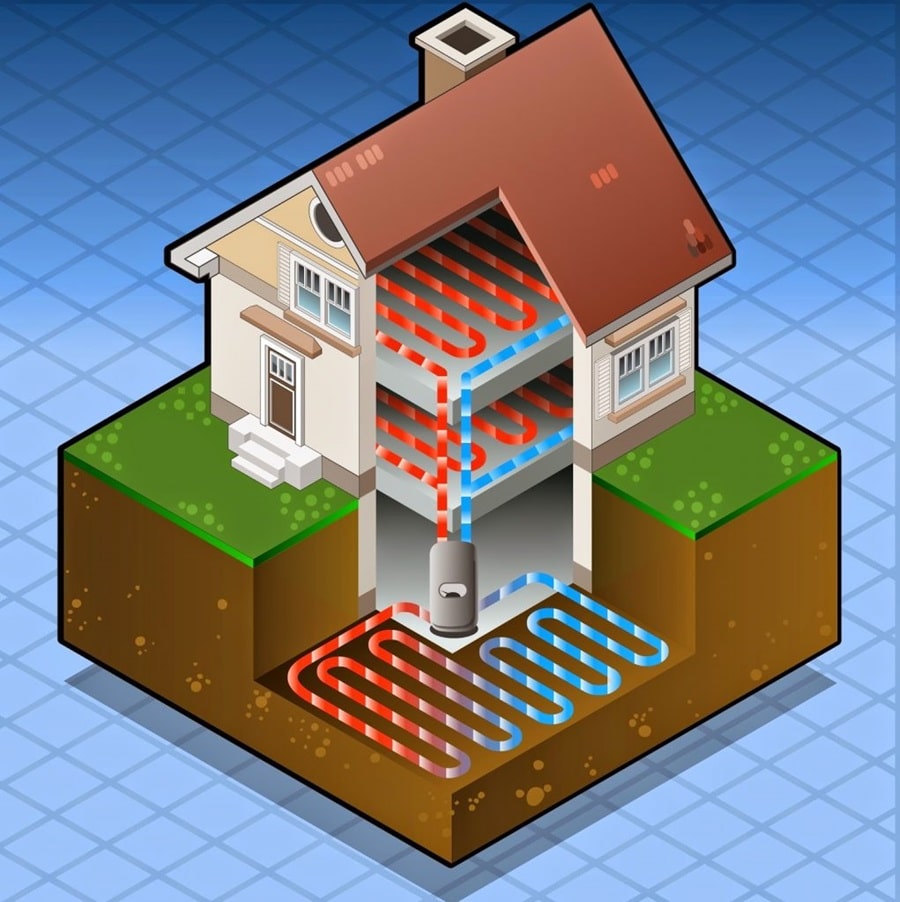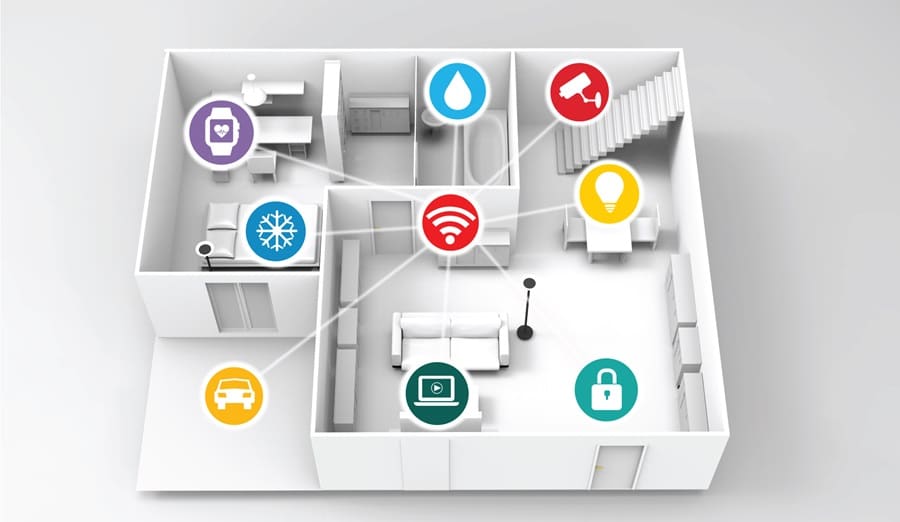Technology has been advancing day by day, offering more services through the internet at the tips of our fingers. We know how the internet has managed to be a highly competitive alternative to several activities like in-store shopping, gaming hubs, etc., by offering the same services at more ease. Similarly, the internet has been rapidly replacing a significant part of our daily lives, like cable television. That’s right, “wireless” is the new fascination for content viewers, and cord-cutting has been one of the trendiest activities seen by the television and broadcasting industry for all the right reasons. More than 39 million people have canceled their respective cable companies’ subscriptions and switched to wireless internet plans and online streaming apps.
In this write-up, we shall have a detailed look at this trend and explain why such an increasing wave of cord-cutters has flourished and why you should consider doing the same. But first, let’s address some fundamental questions:
What is cord-cutting?
In broadcast television, cord-cutting means canceling the traditional cable company subscriptions or satellite streaming and altogether boycotting the consumption of pay-tv content. Instead, wireless internet services are used, which offer either free or relatively cheaper and more easily accessible content watching. These internet services may include online streaming apps such as Netflix, Hulu, Amazon Prime, YouTube TV, and streaming devices such as Sling TV, Amazon Fire TV, and the list goes on. Apart from these, people also use smart TVs and HD antennas.
Contents
What Are The Benefits Of Cutting Cords And Opting For Internet Services?

Research conducted by OpenX and The Harris Poll discovered that around 52% of cord-cutters did not desire cable TV at all after having canceled their subscription. This tells us that there is genuinely something worthwhile about it which has caused such behavior. However, many people are still unaware of the upper edge you can get after making this switch in your daily content consumption activity. So, here’s how you can truly benefit.
Saves Money

One of the most prominent reasons people move from cable television to other means is the increasing prices and limited services offered by them. The cable network cost has increased exponentially in the previous decade, making cable a highly expensive “utility” in American households. DecisionData conducted an extensive study in 2020 on the issue, and it reported that the average cable package in the US is $217/month for one household. On the other hand, a standard entry-level Netflix package costs only $9 per month. Even the premium package of Netflix costs merely $18 per month, offering impressive features like ultra-HD streaming and multiple screens. Similarly, other streaming services are also more cost-effective than traditional cable subscriptions, hence the shift.
You Can Watch Content Anytime, Anywhere.

Another massive plus point of cutting the cord is the limitless portability that it comes with. You can access any of the streaming apps you own a subscription to and watch it from any corner of the country. Besides, if you have a strong VPN, you may even enjoy content from any part of the globe. Other than that, people who spend a significant portion of their day traveling end up paying a great deal of money to their cable operator without being able to use it to its full potential. At such times, internet-based streaming packages can come to your rescue, as you can watch your favorite shows at any time and from any place. Mobile apps also offer decent download speeds, so you may watch them even without a stable internet connection while traveling. This is yet another feature that has attracted people to streaming services.
Easy Mobility

Another benefit of getting rid of your cable cord is that you can easily move without worrying about changing your cable service provider. The hunt for it every time you move to a new place gets sorted completely. There is absolutely no need to contact the cable company and pay a reinstallation charge at your new house. You can continue watching your favorite shows without needing any drop-in service. For people who need to switch their place of residence every few months, changing their cable service provider every time is an annoying yet unavoidable challenge. But with streaming services, smart TVs, and antenna networks, they can easily have the same content at any place without having to worry about the quality, facilities, and costs of the changing cable connections. It is a one-time investment lasting for an extended period.
Watch What You Love
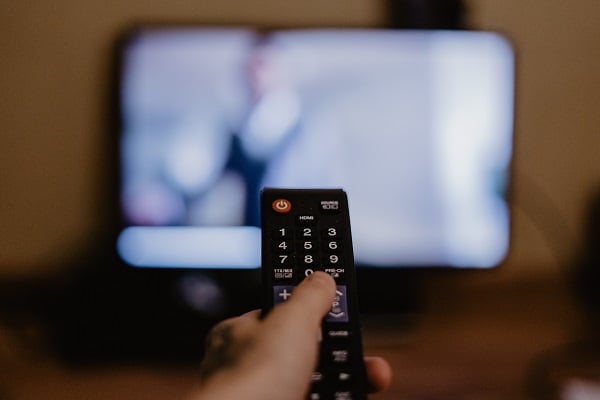
People who have had cable TV at home will probably relate to the struggle of the massive amount of useless live TV channels there are, which they never watch. Most people watch a fixed handful amount of channels and altogether ignore almost 85% of them. The best part about cutting the cord is that you can take a highly selective approach to choosing the content. For instance, if you primarily enjoy watching US TV, you can get any of the Sling TV packages that include your preferred channels, or you may subscribe to Hulu and get any number of add-ons to match your content viewership. Such an approach may leave you with less content compared to a cable package, but the viewership ratio would be much better because you’d be more likely to watch almost everything you have paid for.
Easy To Switch Among Other Streaming Services

We know how painful it is to cancel your cable connection as the service providers always manage to trick you into continuing their plan or, worse, buying a more expensive one. Their tactics usually involve extended contracts, unnecessary and costly cancellation charges, ongoing hidden expenses, and intimidations regarding other services you may move to. These tactics typically work, causing several people to utterly give up and surrender themselves to stay tied to the service provider forever. However, this is not the case with other internet service providers, as most of them would not force you to stay in a lengthy contract and allow you to cancel anytime you want. You can easily subscribe to Netflix for a couple of months, watch all the shows and movies you’ve wanted to, cancel your plan when you’re done, switch to another streaming app, and repeat the same process. Well, these were some of the major benefits that you can derive after cutting cords and moving to other ways of consuming content. Now let’s get to the various alternatives of cable connection.
HD Antenna

TV antennas have been prevalent for quite a while and are now designed in a way to pick over-the-air broadcasting signals in high quality without any paid subscription. An HD antenna is a one-time expense and installment lasting for as long as you want, costing between $20-$50 depending on model and facility. Through this, you may watch local over-the-air channels such as news, live sports, daytime shows, and so on.
Streaming Devices

These are media players that allow you to watch online content on your TV. Some of these devices are Amazon Fire Stick, Roku, Apple TV, Google Chromecast, etc. There is a wide range to choose from as there are mini-streamers at $30 and premium ones costing $180, such as Apple TV 4K. Some experts consider these to be unnecessary if you own a smart TV, while it becomes equally essential if you don’t have one.
Streaming Services
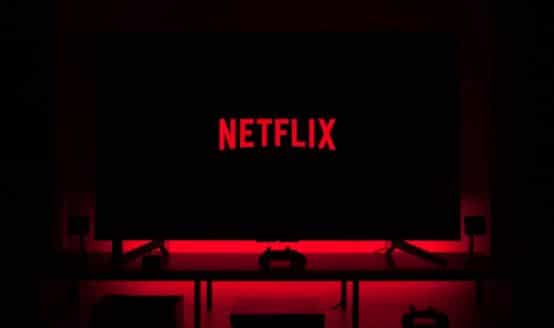
These are just like the internet-based version of cable TV, only more portable, versatile, and cost-effective. Some of the prominent players are Netflix, Hulu, Amazon Prime, Sling TV, etc. You may also subscribe to streaming services such as CBS All Access and HBO NOW. Similarly, services dedicated to the sport are also available such as Fubo TV, AT&T TV NOW, etc.
Smart TV
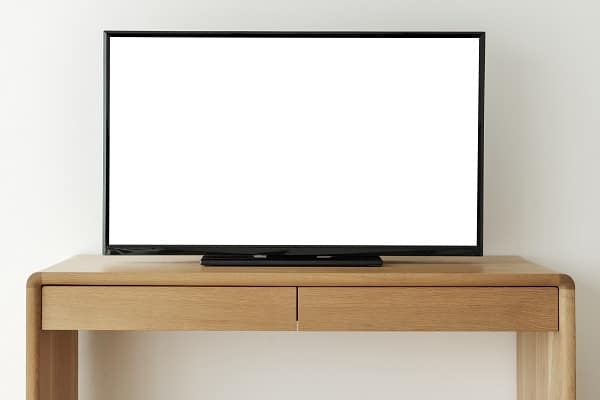
Smart TVs are connected to the internet and not to a satellite or cable network. These can do much more than a regular TV set, such as streaming content from various streaming devices mentioned previously, playing music from Spotify, live sports streaming, and so on. Smart TVs are perfect for those who wish to have an all-in-one TV set without moving too many parts.
Conclusion
In a nutshell, cable connections have had a long and successful journey until wireless players entered the game of content consumption. With more facilities, selective streaming opportunities, convenient mobility, and portability being offered more cost-effectively, it is safe to say that cord-cutting is probably the best way forward.

